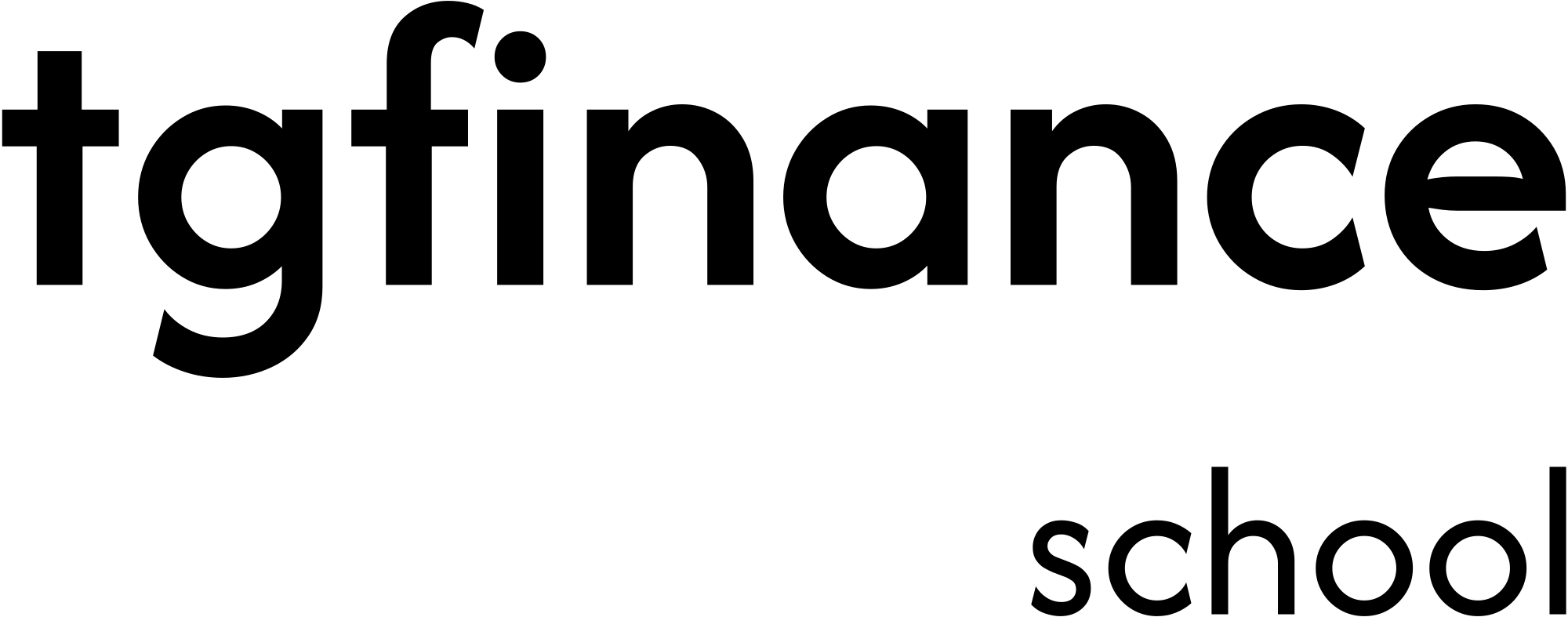Now let’s tackle those necessary expenses that occur regularly but aren’t monthly bills.
Although some of these categories can’t be eliminated (I’m looking at you, groceries), these expenses often allow for a little wiggle room if you’re searching for opportunities to save money.
Estimate how much you pay now and then decide if that amount seems reasonable or if you’d like to increase or decrease the amount you spend. Get competitive with yourself about the potential to cut costs!
Expenses that pop up on an irregular basis throughout the year are known as variable expenses and the money you save for them is often called a “sinking fund.”
You can make these expensive surprises more manageable.
Estimate how much you’ll need and setting aside the appropriate amount monthly (or whenever you have some extra cash) instead of getting hit with a big bill all at once.
Alright, there’s been a whole lot of talk so far about boring bills and stuff you shouldn’t buy, and frankly, it’s just not fun. It’s what gives money management a bad name—no one likes feeling guilty or restricted.
And that’s why we’re going to plant a Wish Farm, friends.
Go through your Amazon wishlist, your Pinterest board, or whatever online shopping carts are full but haven’t been through checkout yet and choose three things that you’d really like to buy.
Pick one item for each cost category (small purchase, medium purchase, and large purchase.) When you create a spending plan, add these items as categories (plant your wish seed) and assign extra money to them (water your wish seed) until you fully fund one (harvest your bounty) and can replace it with a new wish!
Isn’t this fun?

Debt forces you to pay for decisions you’ve already made with interest.
It robs you of opportunities that you could explore if you didn’t have these extra payments hanging over your head.
Debt’s annoying at best and soul-sucking at worst.
Let’s smash it to pieces.
List your monthly payments, loans, and debt balances here.
These are things like credit cards, student loans, mortgages, car payments, payment plans, and any buy now, pay later purchases (like Affirm or Klarna payments).
Take a look at the debts you listed.
Which three would you like to pay off first?
Some people like to take the debt snowball approach and clean their smallest debt first, just to gain some momentum with an easy win.
Others prefer the debt avalanche method, where you pay off your debts according to which ones have the highest interest rates, so you’ll pay less overall.
With either method, once you pay off a debt, you take the extra money you were using to pay off debt #1 and throw it at debt #2.
Every time you pay off a debt, you’ll have more free money to use.


